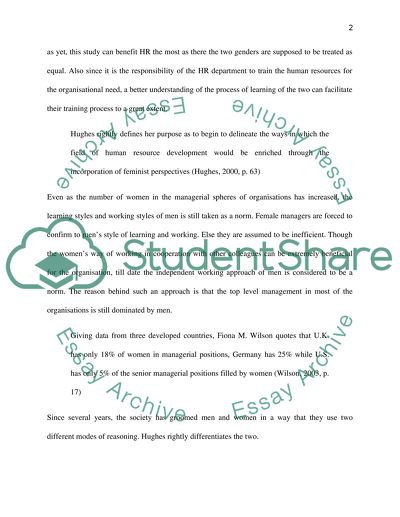Cite this document
(“Response Paper 3 - Feminist (Human Resource Development) Essay”, n.d.)
Retrieved from https://studentshare.org/environmental-studies/1420787-response-paper
Retrieved from https://studentshare.org/environmental-studies/1420787-response-paper
(Response Paper 3 - Feminist (Human Resource Development) Essay)
https://studentshare.org/environmental-studies/1420787-response-paper.
https://studentshare.org/environmental-studies/1420787-response-paper.
“Response Paper 3 - Feminist (Human Resource Development) Essay”, n.d. https://studentshare.org/environmental-studies/1420787-response-paper.


